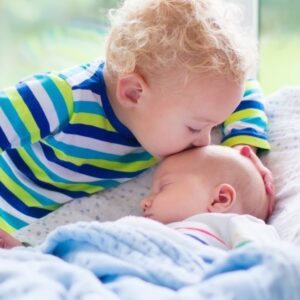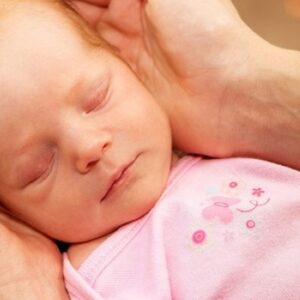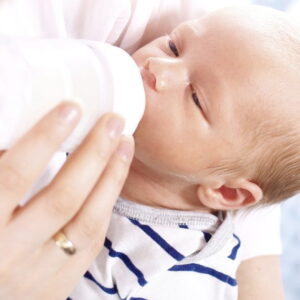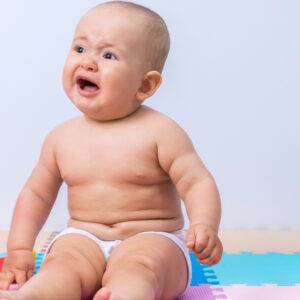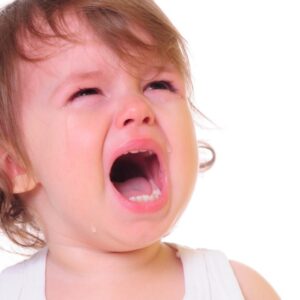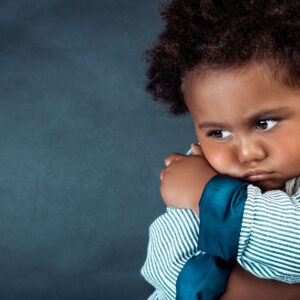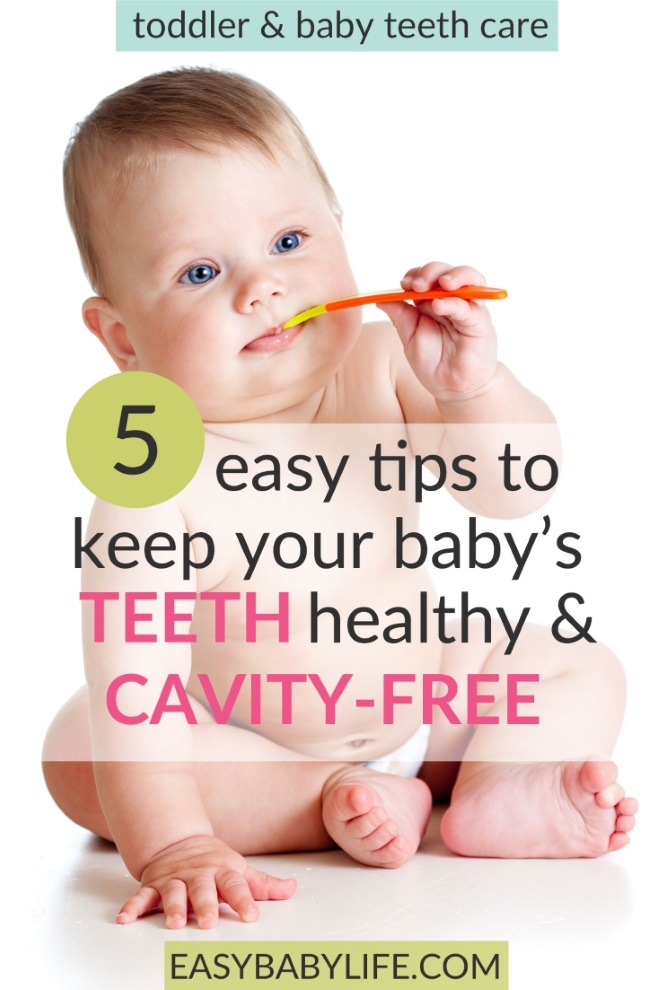
Part of a baby’s growth is the eruption of his baby teeth. Knowing how to manage baby teeth care is very important to ensure that your baby will have minimal gum and teeth problems as the years roll by.
Most babies sprout their first tooth between 4 and 7 months of age. But both earlier and later is normal. For some, the teething doesn’t start until the baby is approaching his or her first birthday.
However, regardless of how early or late your baby starts teething, taking care of his or her teeth is very important. And actually, the foundation of proper dental hygiene starts even before the teeth come out. Baby tooth decay is something you definitely want to avoid. So, no need to wait!
For toddlers, the struggle is sometimes more related to getting them to accept that YOU do the brushing. Find tips for that too!
Guidelines For Proper Toddler & Baby Teeth Care
- When To Start
- What Products To Use Depending On your Child’s Age
- How To Get Your Baby & Toddler Used To A Toothbrush and Baby Toothpaste
- Teething Problems & Teething Aids
- Illness While Teething
When to start
 Baby teeth care is best started even before the teeth start showing.
Baby teeth care is best started even before the teeth start showing.
Generally, babies will erupt teeth between 4 to 7 months. However, as you will discover, every baby grows individually. Your baby may not fall under this category, but it does not mean there is anything wrong. Some babies like to start early, while others tend to take their time.
It is important to avoid tooth decay and losing baby teeth too early. This is because the spacing for the adult teeth will be compromised. Chances are, if your baby suffers from tooth decay and lose his baby teeth, he may need braces if his permanent teeth are not positioned properly.
If you have concerns, never be afraid to voice it out to your baby’s pediatrician. There is no question too silly to ask.
What Products To Use Depending On your Child’s Age
For baby teeth care, any product used should be as natural as possible. If you can avoid buying commercial baby toothpaste, do so. If not, try to avoid baby toothpaste that contains abrasives and too much fluoride. Babies tend to swallow what is put in their mouths, so if they ingest too much fluoride, it could affect the appearance of their adult teeth with stains.
However, baby toothpaste for slightly older babies and toddlers should have a small amount of fluoride because it will help keep baby tooth decay at bay. A low fluoride baby toothpaste can be started when your baby has grown to about 18 months.
You will also need a and soft washcloth to get your baby used to have something inside their mouth. There are fruit flavored baby and toddler toothpaste that can make the initial experience more pleasant. You will also need a soft finger brush or other baby tooth brush after the first tooth has erupted.
Here are some helpful, quality products for toddler and baby teeth care: (Links to Amazon)
- A Baby Toothbrush With a Case Excellent finger toothbrush (For the adult’s finger, not the baby’s!)
- Baby Banana Infant Training Toothbrush and TeetherReally good “tooth brush” for your baby and great for teething too
- Jordan Step 1 Baby Toothbrush, 0-2 YearsThis was my toddler’s favorite toothbrush!
- Jack N’ Jill Natural Toothpaste, Blueberry & Strawberry Tasty (well, according to young children) tooth paste with no fluroide
How To Get Your Baby & Toddler Used To A Toothbrush and Baby Toothpaste
Well, the key here is patience. The best thing you can do is to start before your baby has got the first teeth.
It is easiest to start getting your baby used to the idea of brushing by holding your baby in your lap, in a sitting position. Use the soft washcloth (it can be cold if you want but definitely not warm or hot) to gently rub your baby’s gums. Do this twice a day until the baby teeth start appearing. Then you can switch to the soft finger toothbrush or a baby toothbrush.
For toddlers, the challenge can be that they want to decide about the brushing and also that they want to do it themselves.
Avoid getting into a power struggle over this – instead – make it a game, take turns brushing each other’s teeth and be consistent. A teeth brush song (the same one every time) may also help.
Despite fighting for their independence, toddlers also tend to be routine lovers, so make sure to always brush the teeth of your toddler morning and evening!
Teething Problems & Teething Aids
The symptoms of teething are irritability, drooling, loss of appetite, restlessness, and a tendency to suck on anything available like fingers, clothing, even toys. It is also possible to see rashes along the cheeks and swollen gums. You can learn more about baby teething symptoms here.
There are a wide variety of very attractive and cute teething products, as well as teething gels that you can opt to buy for your baby. Just make sure to get the approval of your baby’s pediatrician on which teething gel to buy, and use it sparingly. As for the teething rings, never freeze them and then give it to your baby frozen. This will hurt your baby’s gums.
Avoid teething food products like sweet biscuits and bananas because these are choking hazards, especially for young infants. Find more teething remedies here.
Illness While Teething
If your baby tends to pull on his ears, this could indicate something other than a teething problem, such as an ear infection. Also, contrary to common beliefs, a high-grade fever is not a symptom of teething, so if your child starts to show signs of increasing temperature, see your baby’s pediatrician as soon as possible. You can read about real teething symptoms here.
The efforts to give proper baby teeth care will pave the way for your child’s healthy gums and teeth, and you and your child will enjoy the benefits long after the milk teeth are gone.

Paula Dennholt founded Easy Baby Life in 2006 and has been a passionate parenting and pregnancy writer since then. Her parenting approach and writing are based on studies in cognitive-behavioral models and therapy for children and her experience as a mother and stepmother. Life as a parent has convinced her of how crucial it is to put relationships before rules. She strongly believes in positive parenting and a science-based approach.
Paula cooperates with a team of pediatricians who assist in reviewing and writing articles.

